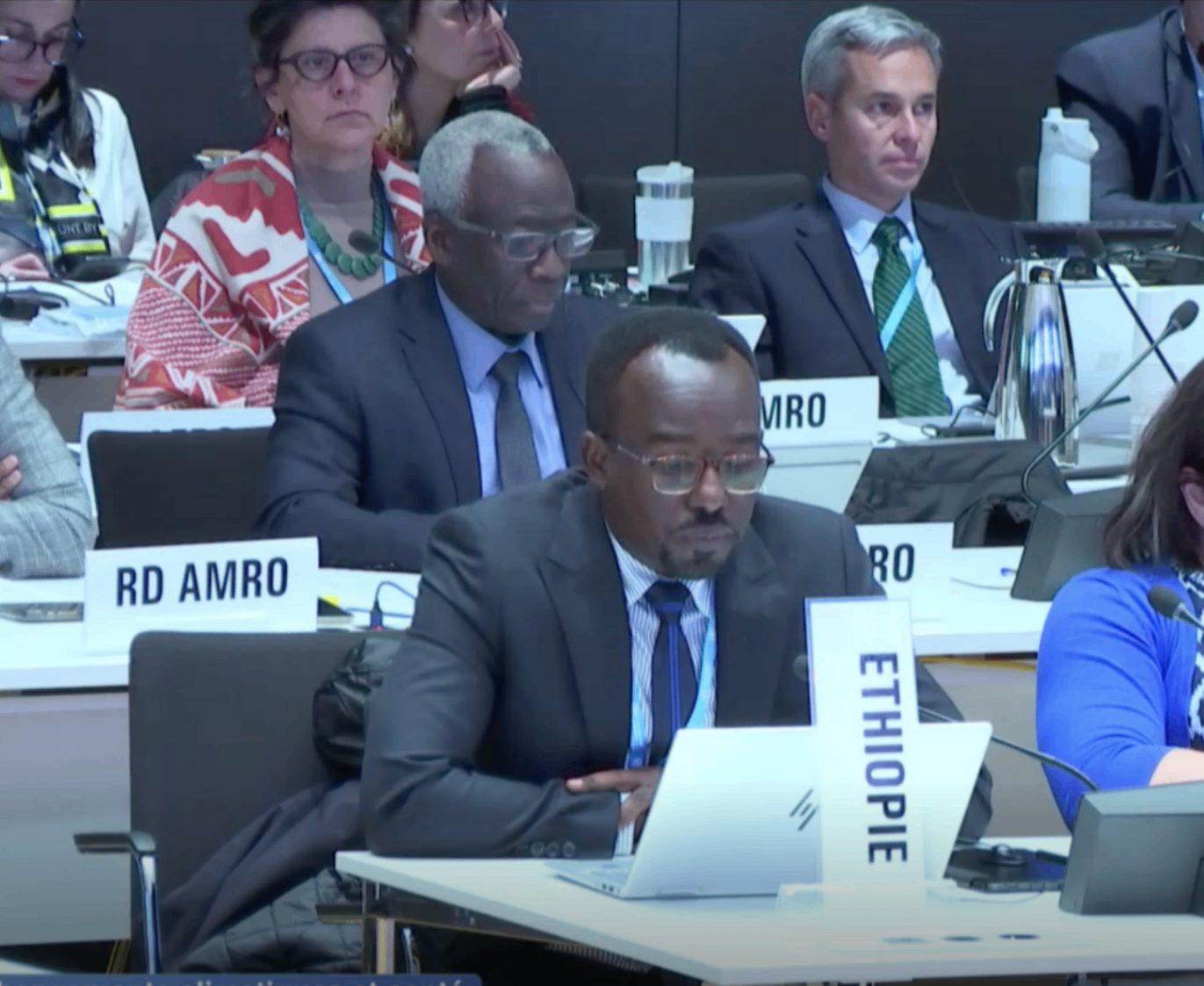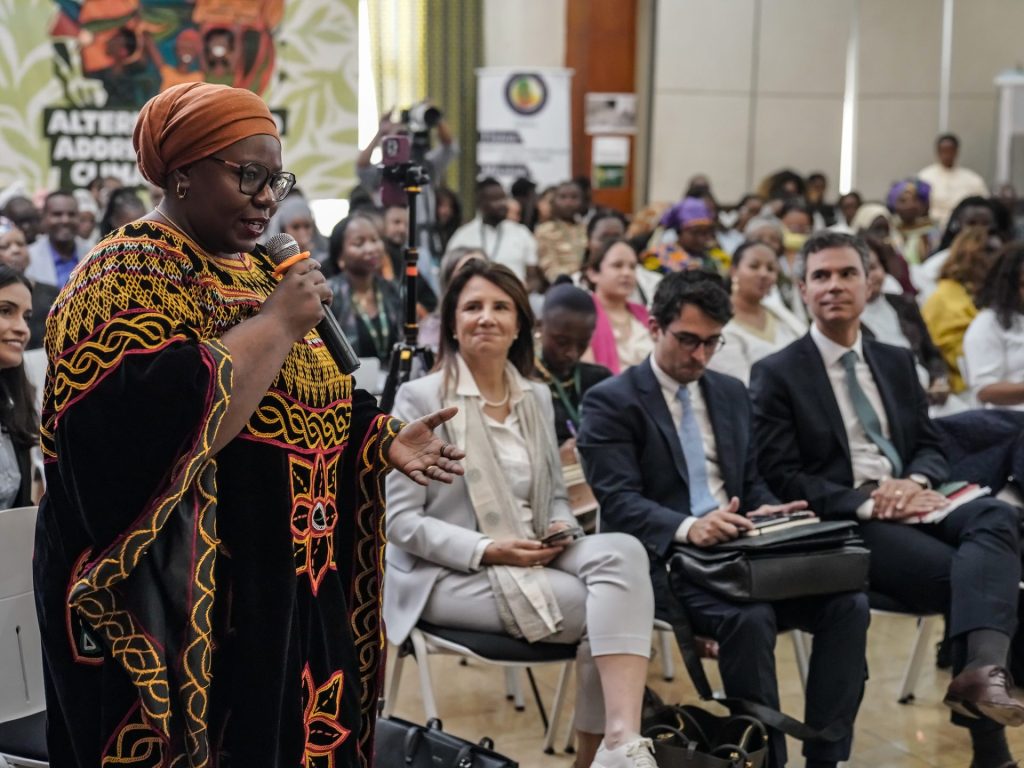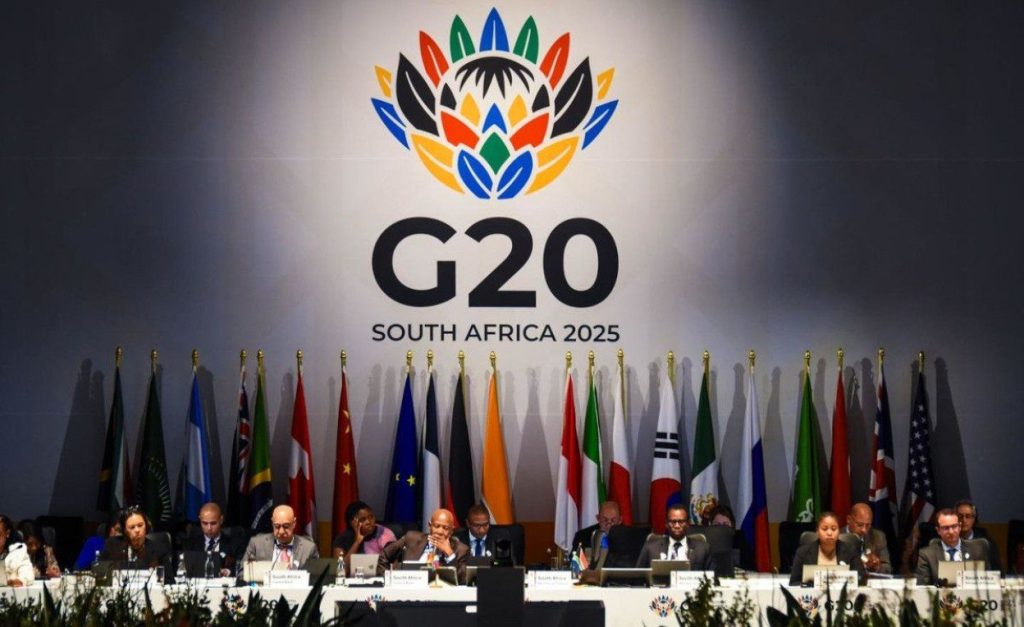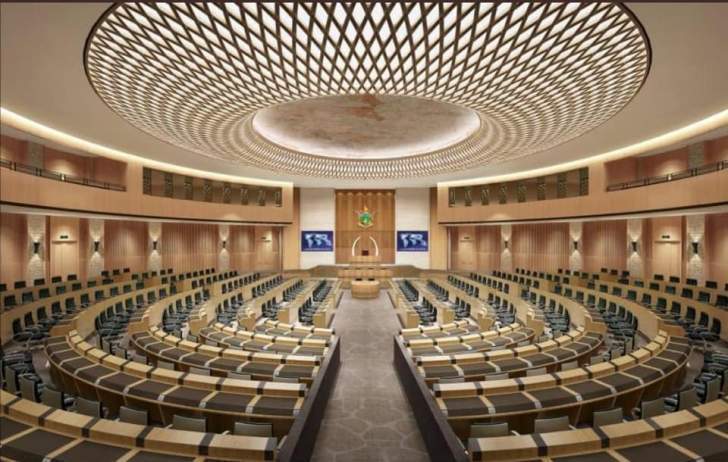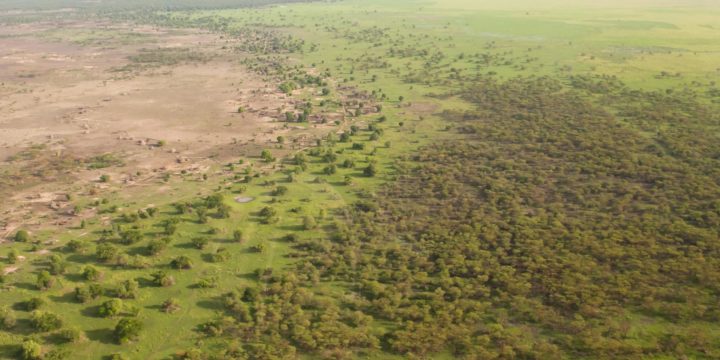Over the past few years climate change has steadily been incorporated into the strategy and operations of global institutions such as the International Monetary Fund, the World Bank, major lending bodies, and – more disputedly – the World Trade Organisation. The World Health Organisation (WHO) is no different. It has had a workplan on climate change and health since 2014, supported by a World Health Assembly resolution dating as far back as 2008.
However, integration and the gradual expansion or reorientation of mandate to include climate change has resource implications, and can lead to duplication and resource inefficiency. It can also see the same battles played out in different forums. Russia, has, for example, argued that only the UNFCCC should grapple with climate change and health, alleging that “the gradual extension of the activities of WHO on climate-related issues…risks diluting the mandate of the organization interfering with the activities of other competent international fora and there is inefficient use of the WHO resources which are already very limited.” This echoes historic sentiments of some developed countries who argued that disputes around carbon border tariffs should be contained to the WTO.
Forum shopping for which body is best equipped to address specific climate issues is a logical consequence of the drive for integration, but it raises complex questions. For example, should rules and principles relating to equity and common but differentiated responsibilities apply to institutions outside of the UNFCCC and Paris Agreement (which govern these principles)? And how do negotiation victories in one forum influence others?
When it comes to climate and health, notwithstanding the posturing of Russian delegates, WHO members are relatively comfortable that its mandate includes climate change, and they are actively working alongside the UNFCCC on climate and health issues. In 2023, for example, a broadly phrased target for health was agreed to under the UAE Framework for Global Climate Resilience, to give effect to the Global Goal on Adaptation. Gustavo dos Santos Souza, coordinator of Climate Change and Health Equity in Brazil’s Ministry of Health has also expressed an intention to develop a voluntary “Bélem Action Plan” on climate change and health, supported by the WHO, at COP30 in Belem, Brazil. The intended plan will seek to reinforce existing commitments to include health goals in climate strategies and is meant to align its goals and objectives with the global goal on adaptation with a minimal set of measurable outcomes.
But this also parallels work already underway at the WHO which is in the process of developing a Global Action Plan on Climate Change and Health, that will be before delegates at the May World Health Assembly (WHA). The draft plan is anchored in a WHA resolution on climate and health from last year. According to Health Policy Watch, it is bolder and more holistic than previous WHO initiatives on climate which had focused primarily on adaptive responses. Instead, the draft gears member states to take a stronger lead in climate mitigation efforts that also generate health co-benefits. For example, GHG emissions reductions through more sustainable energy choices, with co-benefits of an improvement in air quality and human health.
The health sector itself can also have a large carbon footprint, according to Maria Neira, Director of the Department of Climate, Environment and Health at the WHO. She points out that it can easily exceed 5% of a country’s GHG emissions in affluent economies, and as much as 7% in The Netherlands, rivalling the aviation industry. According to her, solarizing healthcare facilities would overcome the electricity challenges in African countries where 12-15% don’t have access to electricity, indirectly also supporting telemedicine.
However, the draft plan was met with resistance. At the WHO Executive Board meeting in early February, it was felt by many developing countries that the approach adopted was too universal and failed to account for differences between countries. African nations were looking to see a greater focus on how means of support/finance would be provided to enable the development and implementation of health related adaptation and resilience strategies. They also wanted to see better linkages between the goals and finance provided to them, as well as new and additional finance and support being provided. This is similar to the debates under the Global Goal on Adaptation under the UNFCCC where African countries wanted to see clearer links between finance and the targets it contained.
Discussing finance at the WHO was already a contentious issue following the US’s withdrawal from the body in January, and subsequent proposal for member states’ contributions to be hiked by 20% to fill the financial gap arising from the departure – building on an already agreed contribution increase for the year.
When it came to equity, China, backed by other developing countries also wanted to see more emphasis on principles such as common but differentiated responsibilities. It was felt that the draft requirements for health sector bodies to “lead by example” by reducing GHG emissions and achieving net zero targets, without examining the relative emissions of these facilities in developed and developing countries, was contrary to this principle. These types of targets could burden already stressed developing country health sectors, and compel them to divert resources from core health functions.
Echoing this, Ethiopia, for the Africa Region, underscored the disproportionate health burden and climate impacts borne by the continent, and minimal contribution to global emissions. While recognising the positive effects of incorporating climate change into existing strategies and building awareness, adaptation remained an absolute priority for the group. It also reminded members that the WHA Resolution that guided the development of the plan itself contained references to common but differentiated responsibilities and respective capabilities.
Broadly, the Africa Region was looking to see:
- More substantial and accessible funding mechanisms for climate and health integration;
- Specific attention to address vulnerable populations;
- A greater focus on building climate resilient systems, for example strengthening healthcare infrastructure against extreme weather events.
Namibia also wanted to see equitable access to medicines addressed in the plan, stating that “the draft plan does not sufficiently address equitable and affordable access to vaccines, diagnostics, or therapeutics necessary for combating [climate related] disease outbreaks. It is imperative that the action plan ensures equitable and timely distribution of medical countermeasures for public health emergencies, including those related to climate change.”
Following on the discussions, several developing countries called for changes to the draft, more consultations and an opportunity for written comments ahead of the WHA in May this year.
Notwithstanding its challenges, Neira has expressed confidence that the WHA will approve the plan of action in May. She stated, “this is about health, and therefore is our business as the health community, and it’s the business of the member states in the World Health Assembly…The little issues we have, honestly, I don’t think there are real challenges.”

